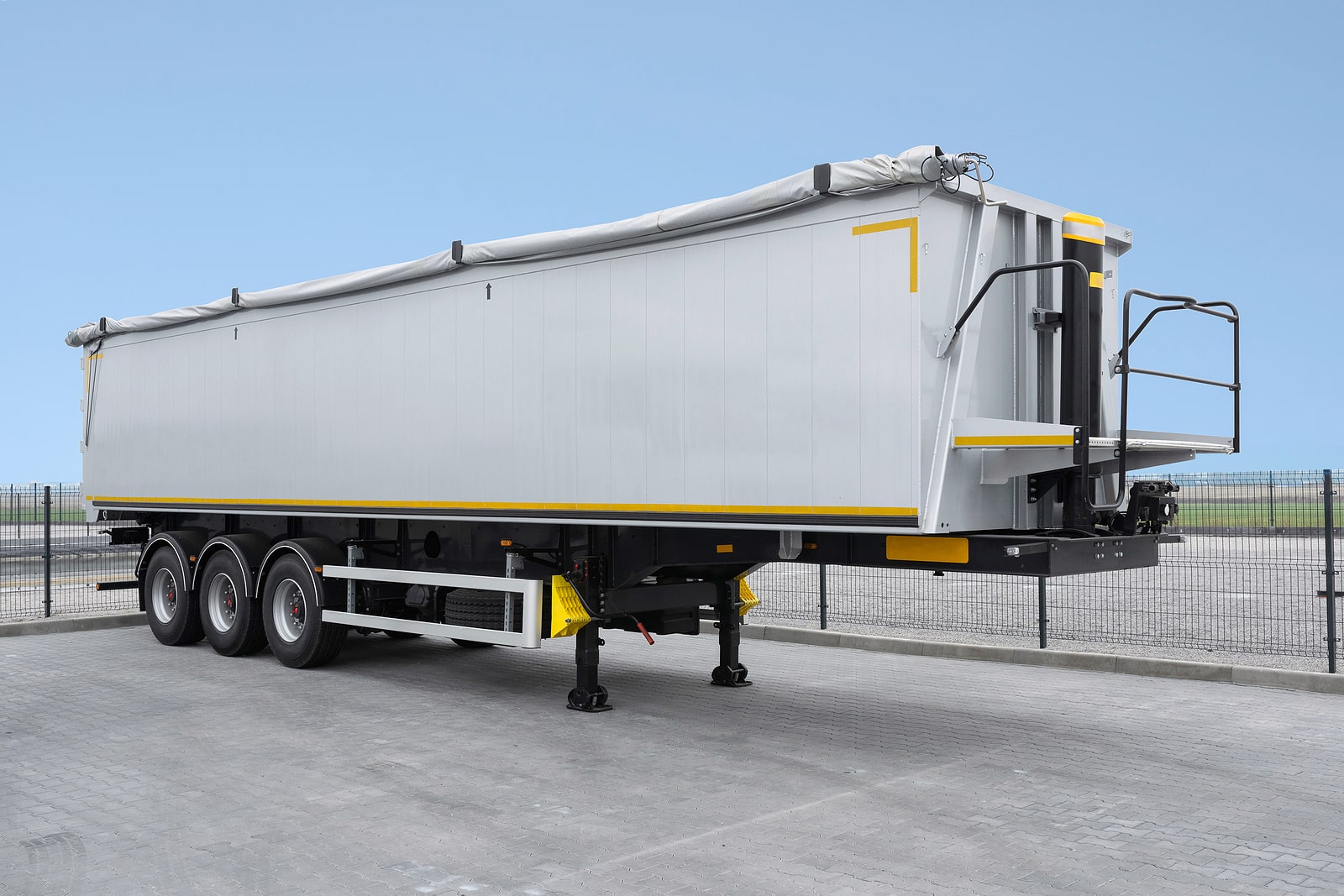Containerized healthcare facilities are modular medical units built from repurposed shipping containers, prefabricated pods, or modular structures. They can function as clinics, diagnostic centers, or full-scale hospitals. Compared to traditional brick-and-mortar facilities, they offer speed, mobility, scalability, and cost efficiency, making them ideal for emergency response and adaptable healthcare delivery.
These mobile facilities are increasingly used in disaster relief, outbreak containment, rural health outreach, and to expand surge capacity during pandemics. Their portability and rapid deployment capabilities allow healthcare systems to reach areas that would otherwise lack critical services.
This guide is intended for healthcare planners, facility managers, NGOs, government agencies, and clinicians. It covers containerized healthcare types, design and operational considerations, challenges, and best practices.
Types and Use Cases of Containerized and Mobile Health Facilities
Containerized healthcare solutions come in several forms, each suited to different needs:
- Container Clinics and Pods: Single-container units outfitted for basic care, exams, diagnostics, or telemedicine.
- Modular and Prefabricated Clinics: Multi-container configurations that create larger, multi-room facilities.
- Container Hospitals and Field Hospitals: Assemblies capable of supporting inpatient care, surgery, and intensive care units (ICUs).
- Mobile Medical Units and Vehicles: Trailer- or vehicle-based units that complement containerized systems for outreach and flexibility.
Use cases include disaster and epidemic response, such as mobile field hospitals deployed during Ebola outbreaks or after earthquakes. They also support rural vaccination campaigns, screening programs, surge ICU capacity during pandemics, and healthcare delivery in underserved communities with limited infrastructure.
Key Design and Technical Considerations
Structural and Architectural Parameters
Standard container sizes are typically 20 or 40 feet (ISO-compliant). Modifications often include reinforcement, insulation, thermal control, and custom openings. Multiple containers can be connected through corridors and linkages to create complex layouts.
Building Services: HVAC, Plumbing, Power, Utilities
Proper HVAC design is critical, with negative pressure rooms, HEPA filtration, and adequate air changes per hour, following CDC ventilation guidelines. Power systems should include grid connections with backup generators or battery storage. Plumbing must accommodate freshwater supply, sterilization, and gray and black water disposal. Medical waste, sharps, and chemical waste require safe segregation and disposal according to EPA standards.
Interior Finishes, Infection Control, and Hygiene
Interior materials should be antimicrobial, nonporous, and easy to clean. Rounded corners and seamless flooring reduce contamination risks. Facilities should be divided into clean and dirty zones, include donning and doffing stations, and be sealed against weather and leaks.
Safety, Security, and Data Systems
Physical security features such as locks, alarms, and cameras protect equipment and staff. Data systems must comply with HIPAA regulations for patient privacy. Emergency alarms and panic systems improve staff safety.
Regulatory Compliance and Standards
Container facilities must meet local building codes, healthcare guidelines, infection control requirements, and occupational safety standards.
Logistics, Transport, and Siting
Weight, transportability, and site conditions determine deployment feasibility. Proper site preparation, such as leveling and installing foundations, improves durability. Rapid deployment strategies should include pre-staged logistics and transport plans.
Operational and Workflow Considerations
Staffing, Roles, and Training
Staffing levels vary by service scope. Cross-trained personnel can enhance efficiency in modular settings. For example, nurses trained in triage, infection control, and telehealth operations can support multiple functions within a compact space.
Equipment, Supplies, and Inventory Management
Containerized facilities should integrate modular equipment such as point-of-care devices, portable imaging systems, and compact lab units. Cold chain storage, stock redundancy, and optimized resupply routes are essential for continuous operation. Studies on mobile clinic logistics highlight the importance of coordinated supply chains.
Patient Flow and Clinical Workflow
Efficient layout supports triage, examination, diagnostics, and isolation workflows. Clearly defined patient and staff pathways reduce cross-contamination. Telehealth integration expands diagnostic and specialist access in remote locations.
Maintenance, Cleaning, and Sterilization
Routine cleaning, surface disinfection, and decontamination must follow CDC guidelines. Preventive maintenance on HVAC, power, and plumbing extends system life. Monitoring temperature and humidity ensures environmental stability.
Data, Records, and Telemedicine Integration
Electronic medical records (EMR) with offline functionality and cloud synchronization improve continuity of care. Connectivity through satellite, cellular, or fiber networks supports telemedicine and remote monitoring. Robust cybersecurity and data backup systems are essential.
Health and Safety and Risk Management
Comprehensive waste handling procedures, spill response kits, and personal protective equipment (PPE) protocols are vital. Staff should receive training in emergency procedures and biohazard response.
Challenges, Risks, and Mitigation Strategies
Containerized facilities face unique challenges. Utility dependencies and infrastructure limitations can delay deployment. Regulatory and licensing approvals may be complex. Harsh environmental conditions such as high winds, flooding, and temperature extremes can damage structures.
Wear and tear, corrosion, and mechanical fatigue require proactive maintenance. Supply chain disruptions can affect spare parts availability. Infection control and security risks, including vandalism, must be addressed.
Mitigation strategies include redundancy in utilities, remote monitoring, weatherproofing, and maintaining spare modules and parts. Advance coordination with regulators can reduce permitting delays.
Implementation Roadmap and Best Practices
A phased approach is the most effective way to develop and deploy containerized healthcare:
- Conduct a needs assessment and define service requirements.
- Develop conceptual designs and run simulations.
- Pilot a prototype to refine workflows and technical systems.
- Scale up deployment based on pilot results.
- Monitor performance and adapt to evolving needs.
Engage stakeholders such as health authorities, regulators, community partners, and maintenance teams early. Build capacity through training programs and clear governance structures.
Budgeting should account for capital and operational expenses. Leasing, shared-use models, and donor funding can offset costs. Performance metrics like utilization, downtime, and patient outcomes should be tracked and integrated into continuous improvement processes.
Partner with Storage On-Site for Containerized Medical Solutions
If you are planning to deploy a containerized healthcare facility, partner with Storage On-Site for reliable, flexible container solutions tailored to medical and emergency use. Our team can help you configure, deliver, and maintain mobile healthcare units designed for rapid deployment and long-term durability.
To learn more about our containerized healthcare solutions or discuss your project needs, call us today at 317-358-0380 or contact Storage On-Site online.
Frequently Asked Questions
How quickly can a containerized medical facility be deployed?
Many container clinics can be operational within days or weeks, depending on the complexity of utilities and finishing work.
Can container clinics provide inpatient or surgical care?
Yes. When multiple containers are joined into modular systems, they can support surgical theaters, ICUs, and inpatient wards.
How do we manage power and utilities in remote areas?
Hybrid systems combining generators, grid power, battery storage, and solar can ensure reliable energy. Utility pods can house water treatment, waste disposal, and HVAC systems.
How is infection control maintained in compact spaces?
Designating clean and dirty zones, installing HEPA filtration, and creating negative pressure isolation rooms are key strategies. Antimicrobial surfaces and controlled flow paths also help.
How can we meet regulatory requirements?
Engage local building and health authorities early. Use standards like the Health Facility Guidelines: Mobile Healthcare Unit for compliance.
What is the expected lifespan and maintenance schedule?
With regular maintenance, container facilities can serve for many years. HVAC, seals, and plumbing components need periodic servicing and replacement.
How is medical waste handled?
Follow standard protocols for segregation, containment, and disposal. Store medical waste separately from other materials and coordinate with certified disposal services.
Can telemedicine integrate with container facilities?
Yes. Units can be prewired for connectivity and equipped for EMR integration, satellite communications, and teleconsultation.

